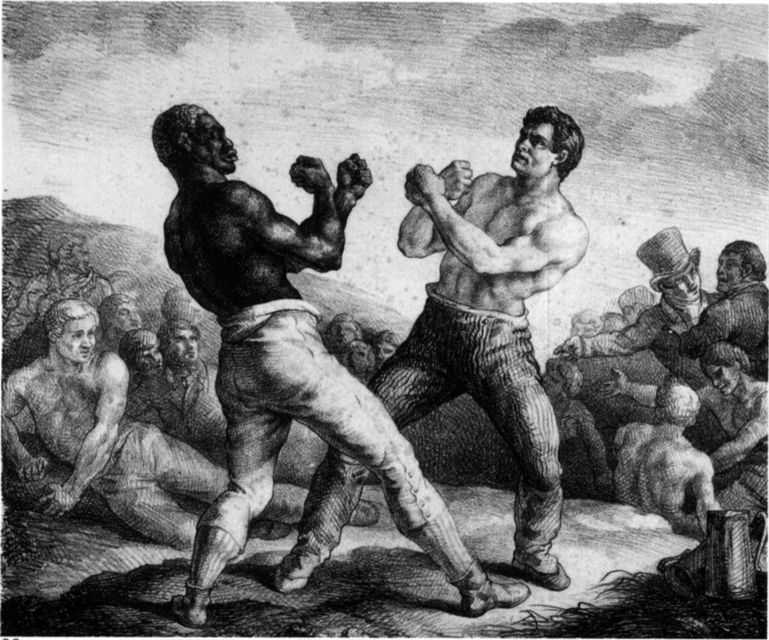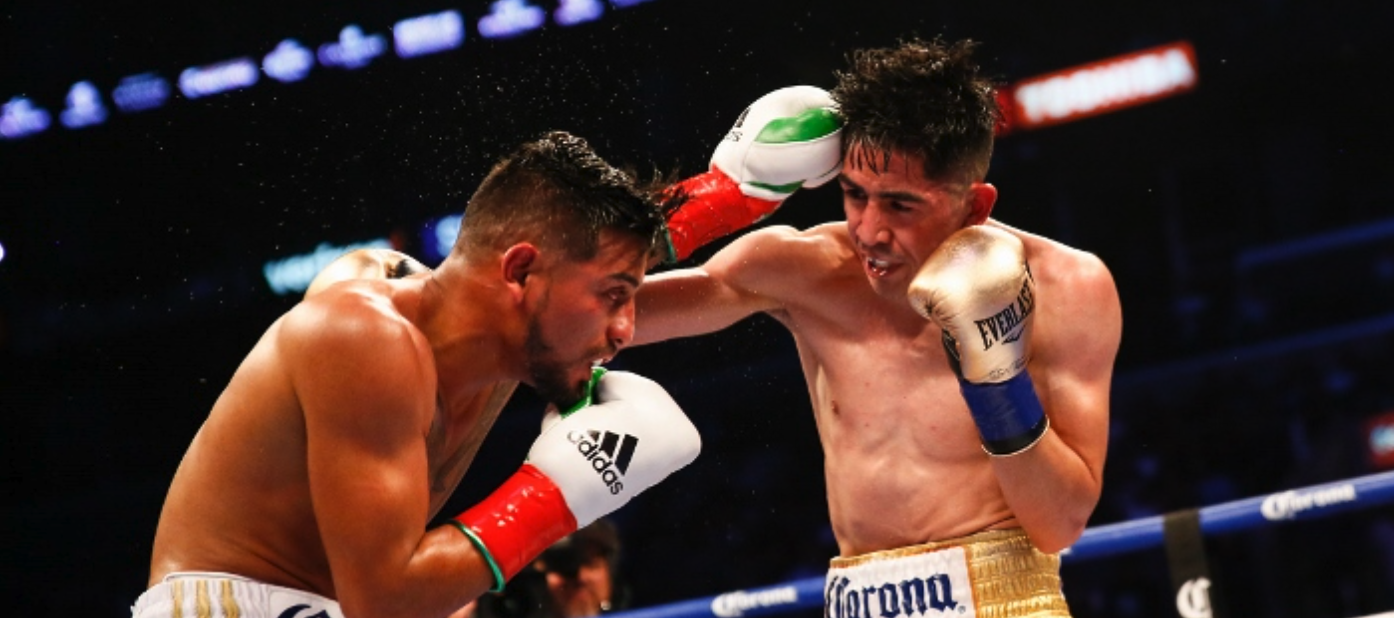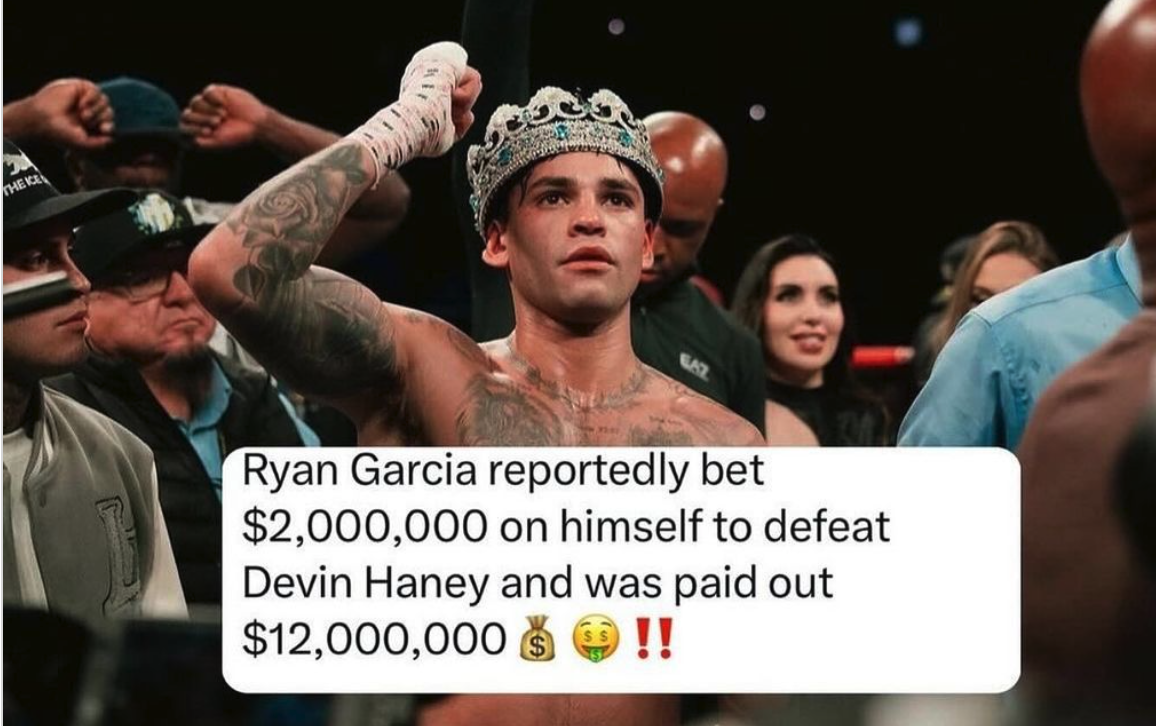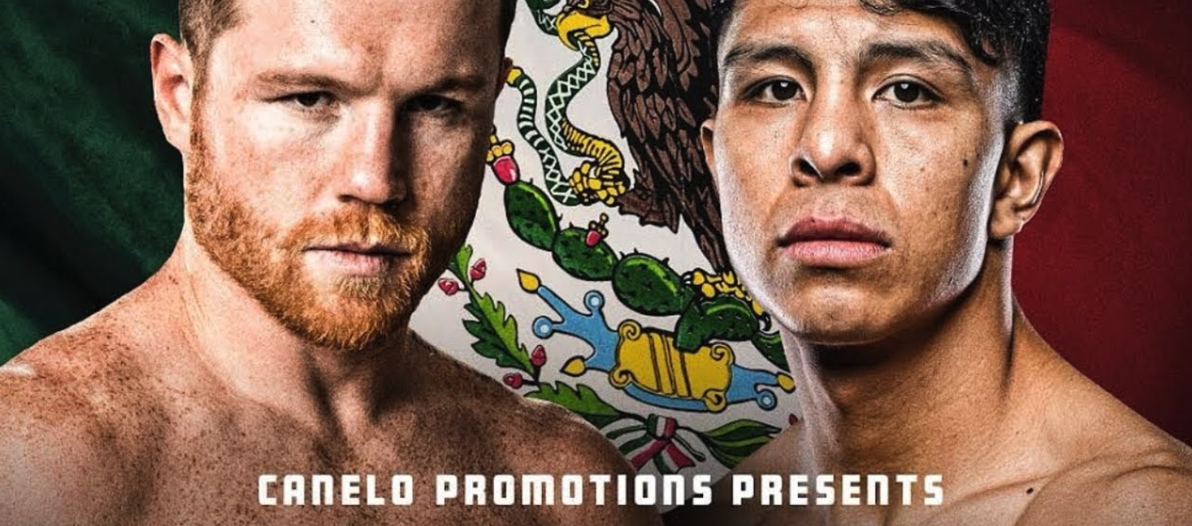A Brief History of Professional Boxing

Professional boxing is a form of boxing that is sanctioned and regulated. The boxers are required to wear hand gloves and protective headgears for their safety.
Boxers fight for a 'purse,' shared among the fighters and other involved stakeholders as per the pre-determined contracts.
Boxing is regulated by certified organizations such as the World Boxing Association (WBA). These organizations are responsible for establishing rules, assigning judges, assigning referees, and awarding championship belts.
Early Participants in Professional Boxing
Professional boxing can be traced back to the 1890s where the National Sporting Club (NSC) began promoting professional fighting.
This organization created its own rules stipulating the officials' roles and how the boxers should engage each other.
NSC was also the first organization to segregate boxing fights into heavyweight, bantamweight, and lightweight categories. The weight of the boxers mainly determines these categories. During that era, some of the most famous boxing champions included George Dixon from Canada and Jim Jeffries from the UK.
The first African American to become a boxing champion is Joe Gans, who won the lightweight division in 1902.
Promoters are among the significant stakeholders who made professional boxing popular. This was especially after the Second World War, where several popular boxing matches were promoted and fought in the UK and the USA. The main reason boxing became increasingly popular in those times is that the prize money had increased, and the media was airing some of the most popular bouts.
More people understood this game with investors opening gyms where upcoming boxers could train effectively.
Development of New Age Boxing
By 1960, professional boxing had become a mainstream sport, with some of the champions becoming household names.
Price money for the fights had also increased, with boxers and their promoters earning millions of dollars from the fights. A good example is Mohamed Ali, who made an estimated $69 million during his twenty years of a professional career.
Television also played an essential role in popularizing this sport through event broadcast, which later evolved to pay-for-view broadcast.
The television broadcast revenue was shared among the television networks, boxers, promoters, and other stakeholders.
Professional boxing's popularity directly resulted in the game being included in the sports played in different international competitions, including the Olympics.
The Role of Casinos and Gambling In Boxing
Casino gambling has also had a lot of influence on the growth of professional boxing. There are many casinos around the world involved in professional boxing, especially top-rated casinos in the USA. Casinos in Nevada, Las Vegas, New Jersey, and Atlantic City are engaged in a lot of boxing activities, with gamers making millions of dollars from placing bets in different matches. Reliable online casinos such as Casinos not on Gamstop and Non Gamstop Gambling sites have also provided opportunities for people to bet on professional boxing. These casinos are keenly regulated, and people can readily place their bets on different fights from almost anywhere in the world.
Professional boxing has no doubt grown significantly from the time it was started back in the late 1800s and is expected to grow further as time progresses.









